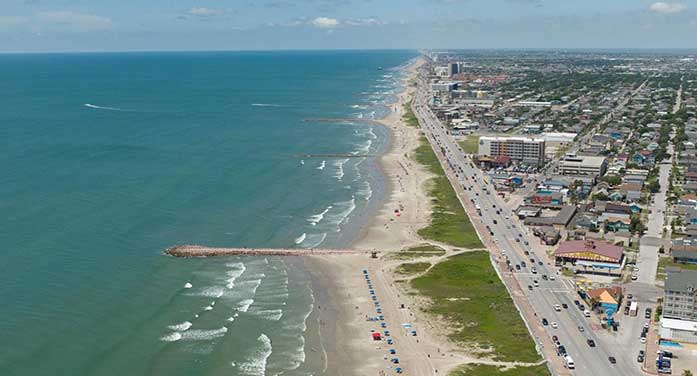 The tables have turned in the largest refining market in the U.S., with oil imports from OPEC countries like Saudi Arabia and Iraq taking a dramatic drop in the last five years.
The tables have turned in the largest refining market in the U.S., with oil imports from OPEC countries like Saudi Arabia and Iraq taking a dramatic drop in the last five years.
That’s thanks to increased imports from Canada, even without the Keystone XL pipeline that would have provided a direct connection from Alberta to refineries on the U.S. Gulf Coast. Producers and refiners are finding smaller, less direct routes, including rail, to connect supply with consumer demand. And there’s significant room to grow.
“Canadian heavy oil is now the single biggest foreign contingent of crude that’s run in the Gulf Coast,” said Jeff Kralowetz, vice-president of London-headquartered consultancy Argus Media, during a recent webinar about pricing for Western Canadian Select (WCS) crude oil.
“Western Canadian Select, which is a blend of crudes out of Western Canada, has become really the benchmark for heavy crude in the Western hemisphere,” he said.
| RELATED CONTENT |
| U.S. tries to force a drop in world oil prices By Rashid Husain Syed |
| The world’s remarkable reversal on the future of oil By David Yager |
| Canadians not as polarized about energy policy as we imagine By Donna McKinnon |
“Its production recovered to pre-COVID levels faster than the U.S. Permian [Basin] did. And it’s now about 3.7 million barrels a day coming out of Western Canada. And about 75 per cent of that is the type of heavy crudes that go into the blend for WCS that comes to the U.S.”
Canada is now by far the largest oil supplier to the U.S., sending about 3.8 million barrels per day in 2021 or about 62 per cent of total oil imports, according to the U.S. Energy Information Administration (EIA).
Nearly half of U.S. refining capacity is in the Gulf Coast region, in states including Texas and Louisiana.
As recently as 2018, about 50 per cent of the oil imported into the U.S. Gulf Coast came from the Organization of Petroleum Producing Countries (OPEC), compared to just 18 per cent from Canada, according to the EIA.
That has shifted dramatically. In 2021, Canada met 33 per cent of U.S. Gulf Coast oil imports while OPEC declined to just 15 per cent.
Imports to the region from Canada have been going up while OPEC has gone down for almost a decade. In 2012, 63 per cent of oil imports came from OPEC, and Canada just three per cent. By 2019, imports were about even – at 26 per cent from Canada and 25 per cent from OPEC.
New pipeline infrastructure like the completion of the Line 3 Replacement Project in October 2021 helps connect Canada’s oil producers with demand from U.S. refiners, Kralowetz said. Infrastructure like Keystone XL would help even more.
Even with more renewable energy coming online, the EIA projects that U.S. petroleum demand will continue rising in the coming decades, reaching nearly 19 million barrels per day in 2050 compared to 17 million barrels per day in 2021.
“Sometimes our solutions are right in our backyard,” Alaska Sen. Lisa Murkowski said during a May 2022 meeting of the U.S. Senate Energy and Natural Resources Committee.
“Look to your neighbours first.”
Deborah Jaremko is director of content for the Canadian Energy Centre, an Alberta government corporation funded in part by taxes paid by industry on carbon emissions.
Deborah is a Troy Media Thought Leader. For interview requests, click here.
The opinions expressed by our columnists and contributors are theirs alone and do not inherently or expressly reflect the views of our publication.
© Troy Media
Troy Media is an editorial content provider to media outlets and its own hosted community news outlets across Canada.

